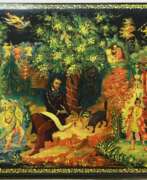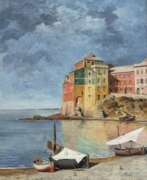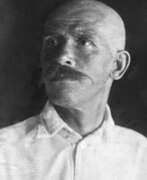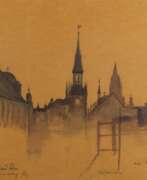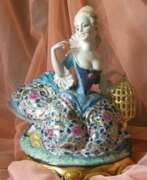Miniaturists 20th century
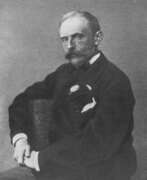

Carl Johann Lemoch (Russian: Кирилл Викентьевич Лемох) was a Russian painter of the last third of the 19th and early 20th centuries of German origin. He is known as a painter, graphic artist and miniaturist.
Lemoch is considered one of the most notable genre painters in Russia of his time. The leading place in his work was occupied by the peasant theme, which was characterized by a sympathetic image of the hardships of everyday life of peasants. He was the first Russian artist to create miniature portraits with life-size figures.
Lemoch was one of the founders of the St. Petersburg Art Society of Artists and the Association of Traveling Art Exhibitions.
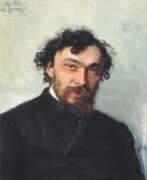

Ivan Pavlovich Pokhitonov (Russian: Иван Павлович Похитонов) was a Russian artist of the late 19th and early 20th centuries. He is known as a painter and graphic artist, a master of landscape, who lived and worked in Europe for much of his career.
Ivan Pokhitonov created mainly miniature landscapes, made with a small brush on planks of red or lemon wood, treated and primed with a special technology. He worked mostly in plein air. The most common motif of his miniature paintings during the years of emigration were city and seascapes of France. In his works, always built on a combination of the finest shades of color, the artist organically combined the techniques of Barbizon, of which he was a fan, and the traditions of the Russian landscape school. He also turned to the genre of still life and portraiture.


Paolo Salvati was an Italian expressionist painter and restorer.
After training as a surveying engineer, Salvati developed a passion for painting, particularly expressionism. He worked with pastels and tempera, did oil painting, and painted in acrylics. His works include landscape miniatures, seascapes, still lifes and portraits. Salvati's works are characterized by life-affirming, saturated colors.
Salvati also designed and restored stringed instruments.
